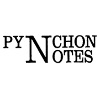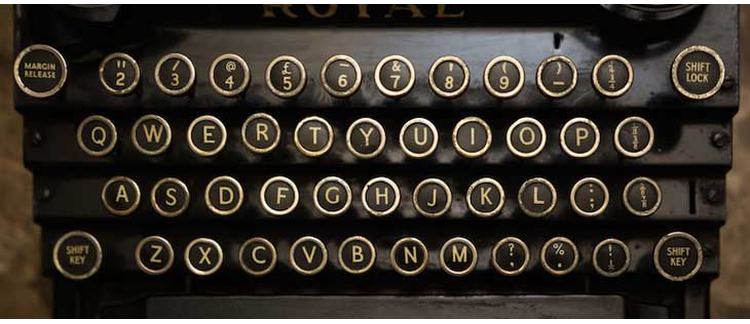Abstract
While using the figure to good effect, Joseph Dewey restrains his controlling critical metaphor, "a dark time, n in this study of six contemporary novelists. The dark time of Dewey's title describes both a set of fictional responses and the particular American cultural drives behind them. Furthermore, the dark-time metaphor epitomizes the postmodern reader's considerable need for "a strategy for living without being offered the alternatives of waiting for the hammerfall or anticipating the hammerstrokes of a new earth being constructed" (14). Dewey stalks this false literary and cultural dilemma in Colonial and Puritan writing, through the American Romantics and Moderns, finally to specific novels by Kurt Vonnegut (Cat's Cradle), Robert Coover (The Origin of the Brunists), Walker Percy (Love in the Ruins and The Thanatos Syndrome), Thomas Pynchon (Gravity's Rainbow) William Gaddis (Carpenter's Gothic) and Don Delillo (White Noise).
How to Cite:
Hill, R. R., (1992) “Between Hammerfall and Hammerstroke”, Pynchon Notes , 192-193. doi: https://doi.org/10.16995/pn.244
Downloads:
Download PDF

